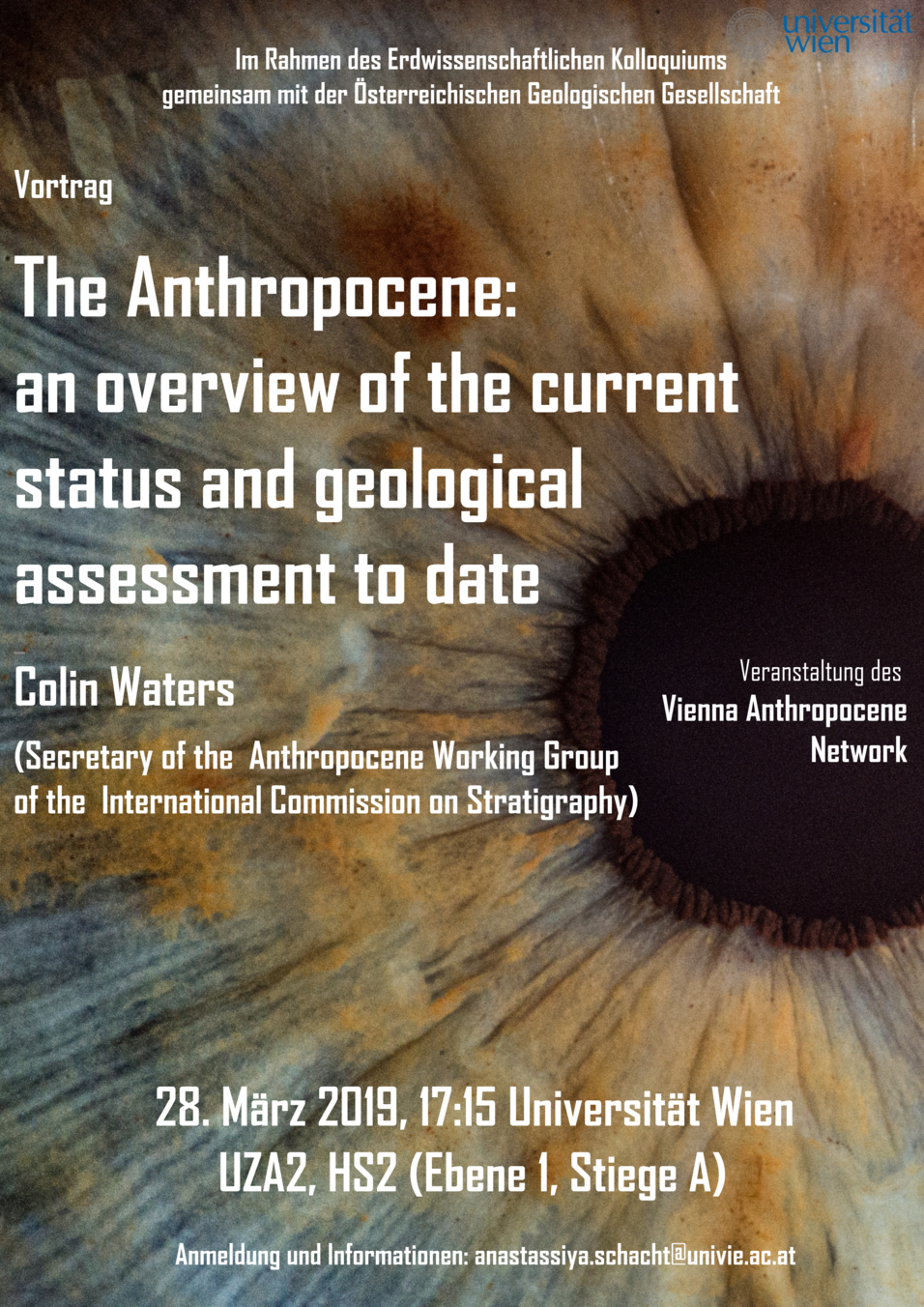The Anthropocene: an overview of the current status an geological assessment to date
(Secretary of the Anthropocene Working Group of the International Commission on Stratigraphy)
The Anthropocene: an overview of the current status an geological assessment to date
(Secretary of the Anthropocene Working Group of the International Commission on Stratigraphy)
